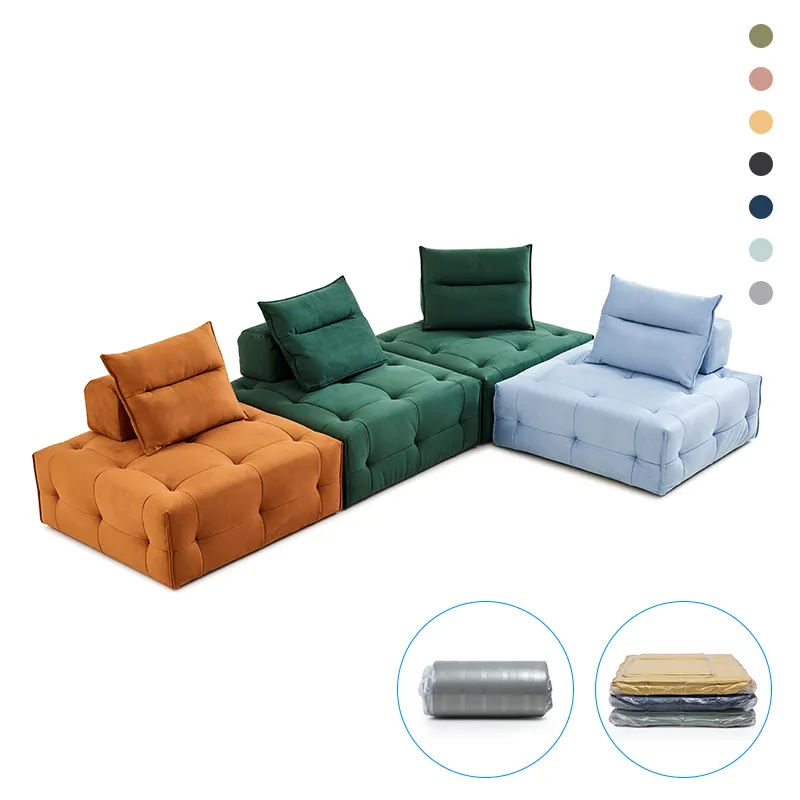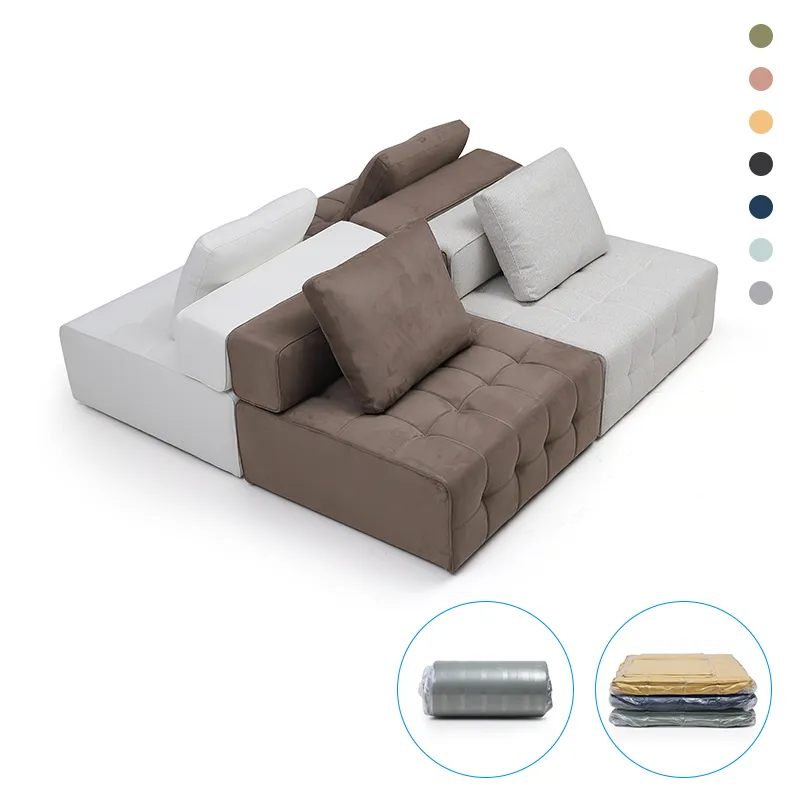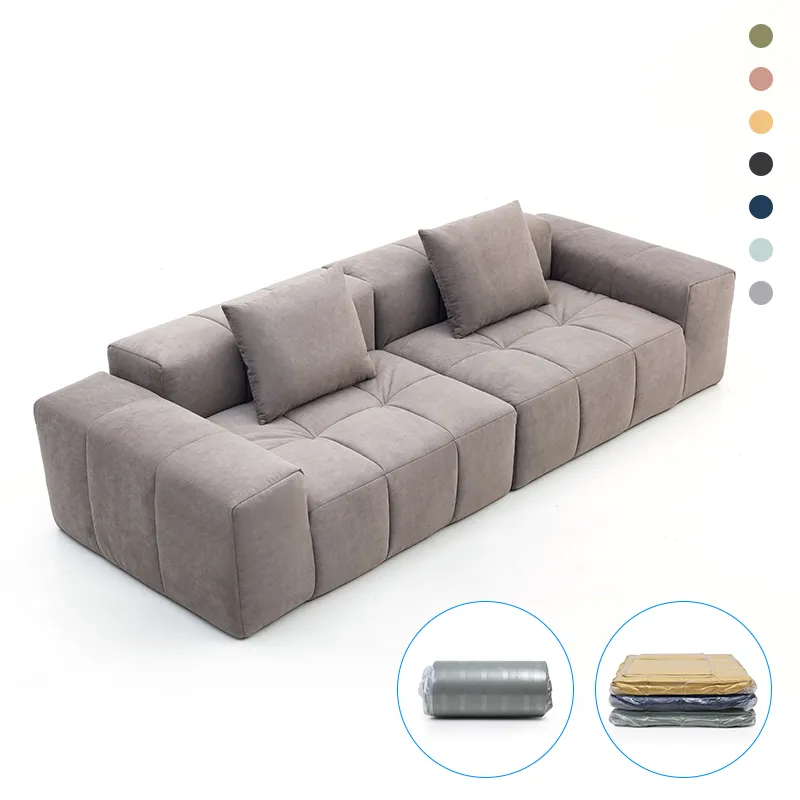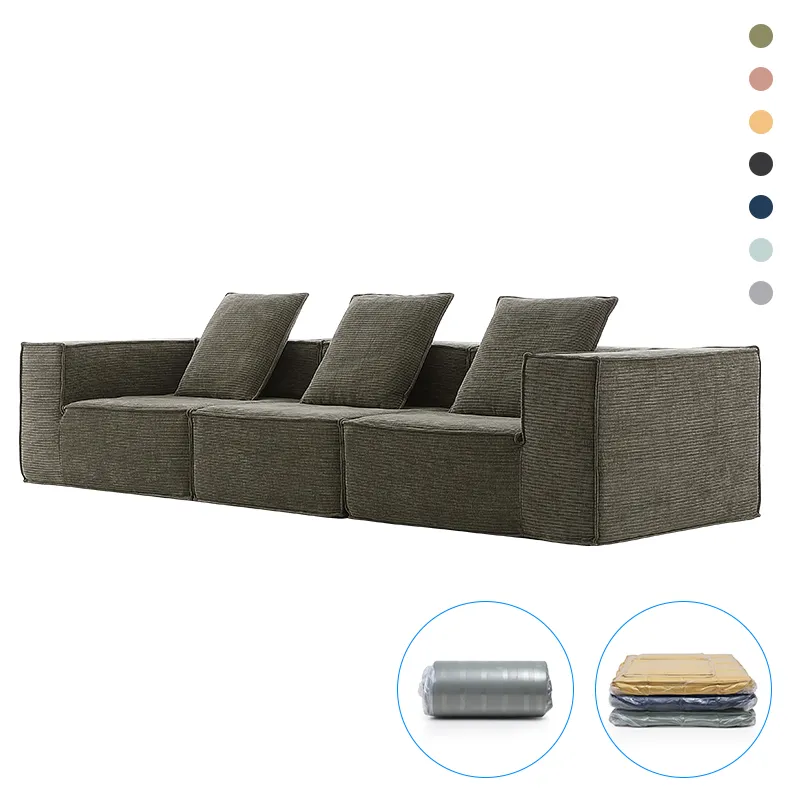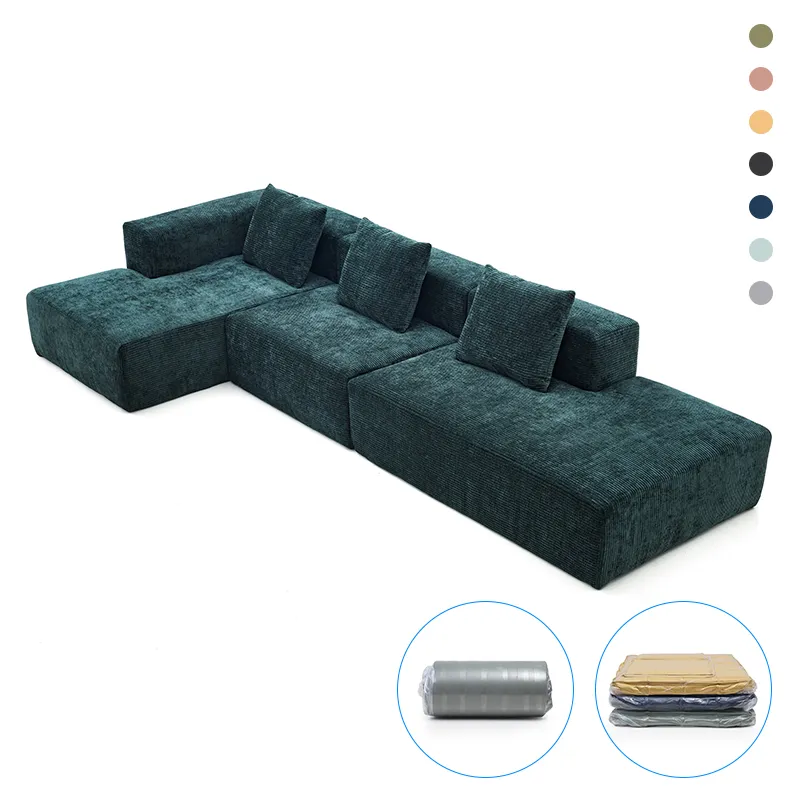Wooden Office Visitor Chair Company: Custom Durable Seating?
What a modern wooden visitor chair really needs (and who actually delivers)
If you’ve spent time in boardrooms or campus lecture halls lately, you’ve seen the shift: wood is back, but smarter. Hybrid work and longer meetings are forcing comfort to meet craft. When people ask me where to start for a wooden office visitor chair company, I usually point to real-world ergonomics, test data, and—yes—how the product actually looks after three years of use, not three weeks.
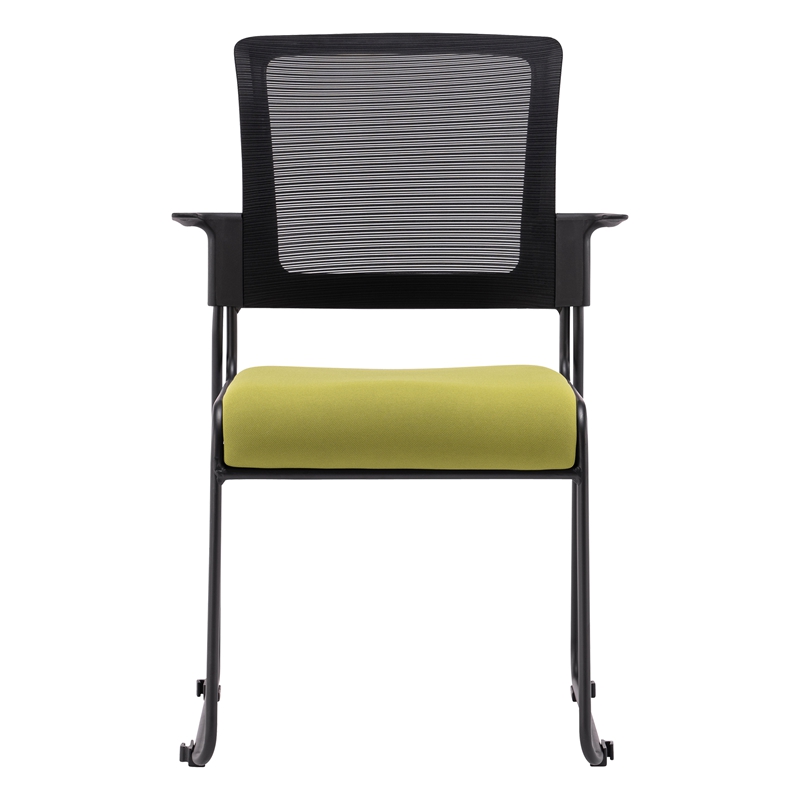
Industry trends: ergonomic wood, low-VOC finishes, and honest testing
To be honest, the “pretty but punishing” visitor chair era is over. Buyers now ask for lumbar tuning, sliding seats for leg circulation, and writing tablets for laptop-free meetings. Sustainability is not a garnish either: FSC-sourced veneers, powder-coated steel, and GREENGUARD-style low-emission finishes are becoming baseline, not bonus. Surprisingly, the winning chairs pair bentwood warmth with BIFMA-level durability.

Product snapshot: Wholesale Meeting Chair with Armrest and 4 legs
Origin: Tangpu Industrial Park, Anji Economic Development Zone, Zhejiang Province. Chiropractor-approved comfort (documentation on request), adjustable lumbar, independent seat/back tilt, a sliding seat, and a practical writing tablet. The pitch is simple: keep people alert and comfortable through long sessions.
| Spec | Details (≈ real-world use may vary) |
|---|---|
| Seat/Back | Ergonomic contoured foam, adjustable lumbar, independent tilt |
| Seat Slide | Travel ≈ 50 mm for leg circulation |
| Armrests | Height-adjustable; lockable tilt mechanism |
| Writing Tablet | Flip-up; note-taking surface ≈ A4 |
| Frame | Powder-coated steel, 4-leg stability |
| Load Rating | Tested to ANSI/BIFMA X5.1 load cases |
| Warranty | 5 years (typical service life 8–10 years) |
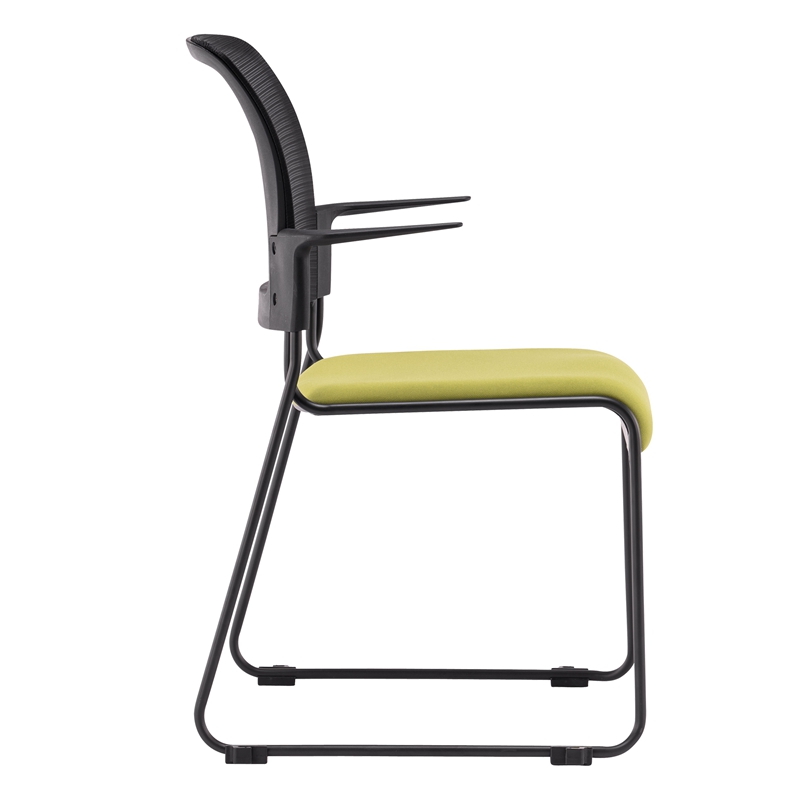
How it’s made (and verified)
Materials: FSC-grade ash veneer/bent plywood, high-resilience foam, low-VOC waterborne lacquer, powder-coated steel legs. Methods: CNC cutting, hot-press molding, robotic welding, hand-finished edges, torque-audited assembly. Testing: stability/strength to EN 16139 and ISO 7173; durability cycles to ANSI/BIFMA X5.1. Internal lab data shows seat/back fatigue ≥ 100,000 cycles, static seat load ≥ 1136 N, and tilt endurance ≥ 60,000 cycles. In practice—I’ve seen these numbers correlate with fewer squeaks and wobbles after year three.
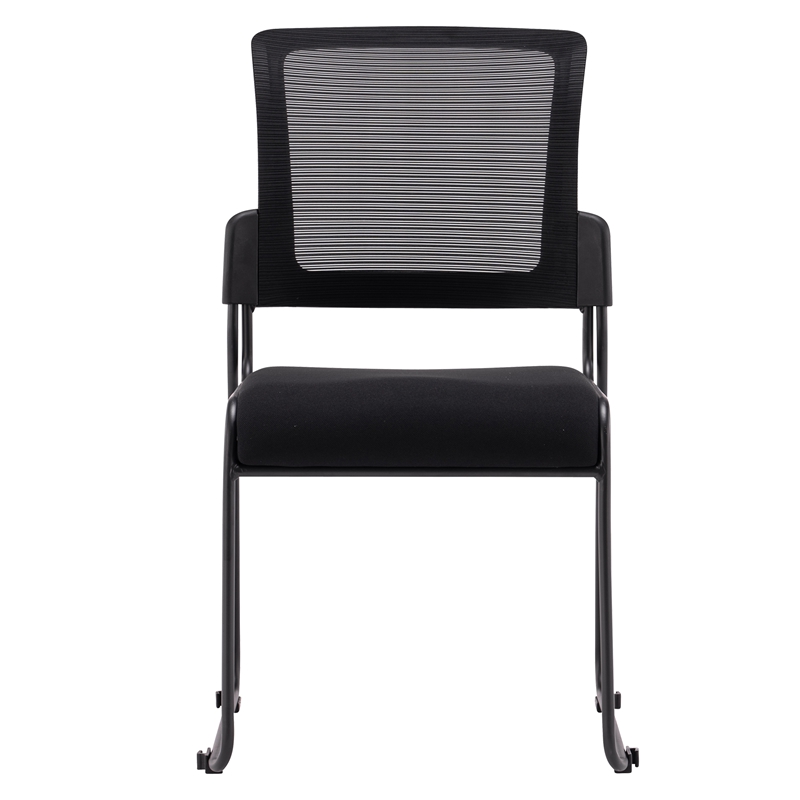
Where it fits, and why teams like it
Application scenarios: executive meeting rooms, training suites, council chambers, university seminar rooms, healthcare visitor areas. Advantages: posture-friendly lumbar tuning, slide seat to prevent numb legs, tablet for quick note-taking, and a tidy footprint. Customer notes: “kept our 3-hour council sessions bearable,” one manager told me; another said the tablet “reduced laptop clutter by half.”
| Vendor | Ergonomics | Testing | Sustainability | Notes |
|---|---|---|---|---|
| This model | Lumbar + slide seat + tilt | ANSI/BIFMA + EN/ISO | FSC wood, low-VOC | Tablet option standard |
| Vendor B | Fixed back, no slide | Basic stability | Unknown sourcing | Lower price |
| Vendor C | Tilt only | BIFMA partial | Low-VOC finish | No tablet |
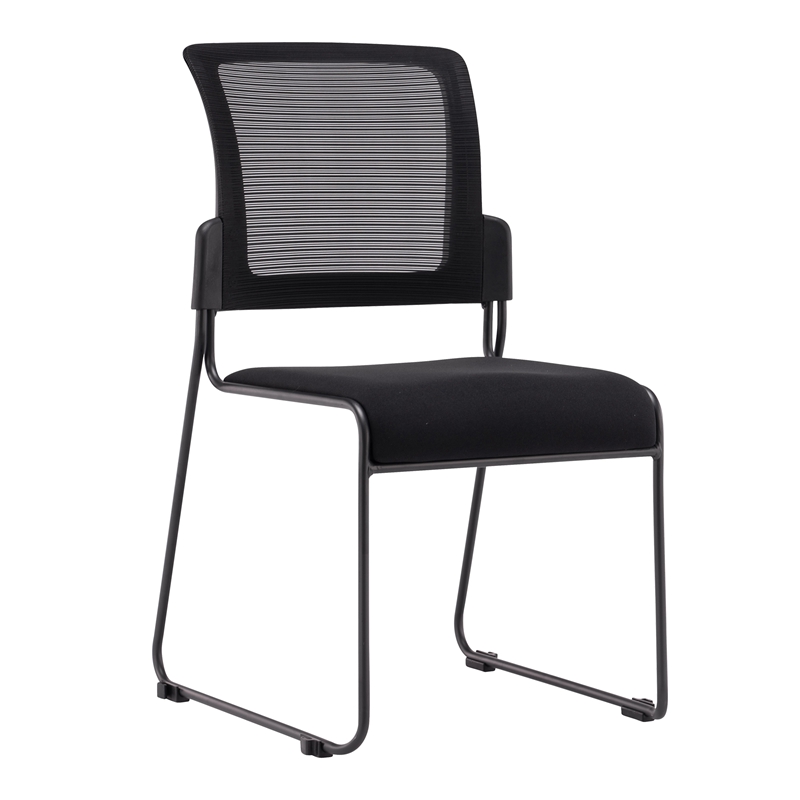
Customization and quick case notes
Options: veneers (oak, ash, walnut), fabrics or performance vinyls, color-matched frames, left/right tablet, row linking, floor glides for different surfaces, discreet logo badging. Lead times vary, but batch consistency out of Anji is, frankly, better than many expect.
Case 1 (Fintech HQ): 120 units, walnut veneer, dark-grey fabric. Result: reduced fidgeting in long strategy sessions; facilities team praised easy maintenance. Case 2 (University seminar rooms): 200 units with tablets and row links; feedback showed fewer laptop stands and cleaner aisles—small change, big flow.
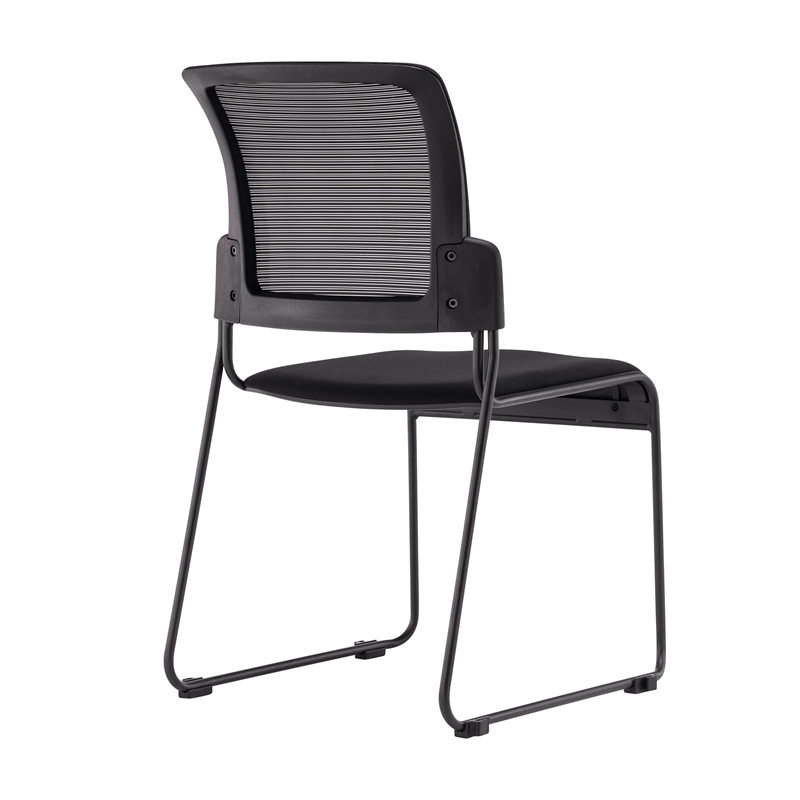
If you’re shortlisting a wooden office visitor chair company, look for verifiable test reports, adjustability you’ll actually use, and finishes that won’t fog a room. This model checks the right boxes—comfort first, then everything else.
Authoritative citations
- ANSI/BIFMA X5.1 Office Seating—Stability, Strength, and Durability Tests.
- EN 16139:2013 Furniture—Strength, durability, and safety—Requirements for non-domestic seating.
- ISO 7173:2017 Furniture—Chairs and stools—Determination of strength and durability.
- UL GREENGUARD Certification Program—Low chemical emissions for indoor products.
- FSC (Forest Stewardship Council) Chain-of-Custody Standards for responsibly sourced wood.
share:
-
Chairs Meeting Room: The Ultimate Guide to Choosing Ergonomic, Sustainable SeatingNewsNov.24,2025
-
The Global Appeal and Practical Benefits of Blue Meeting Room Chairs | Laining GlobalNewsNov.23,2025
-
Black Meeting Room Chairs: Durable, Ergonomic & Stylish Seating for Modern WorkspacesNewsNov.23,2025
-
Stackable Meeting Room Chairs - Durable, Efficient & Space-Saving SolutionsNewsNov.22,2025
-
Office Meeting Room Chairs – Comfort, Durability & Sustainability in Modern OfficesNewsNov.22,2025
-
Choosing the Best Office Chairs for Meeting Rooms: Comfort Meets StyleNewsNov.22,2025
-
Optimizing Office Spaces: The Essential Guide to Meeting Room Table and ChairsNewsNov.21,2025


